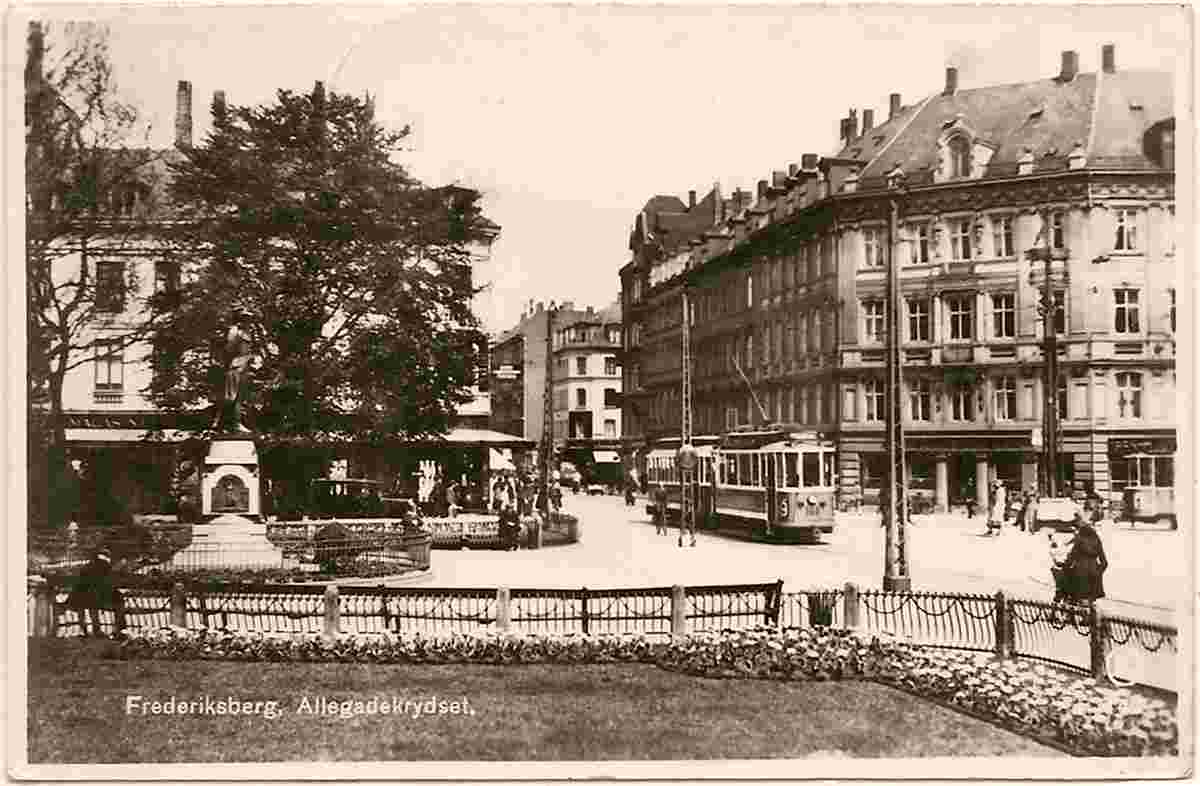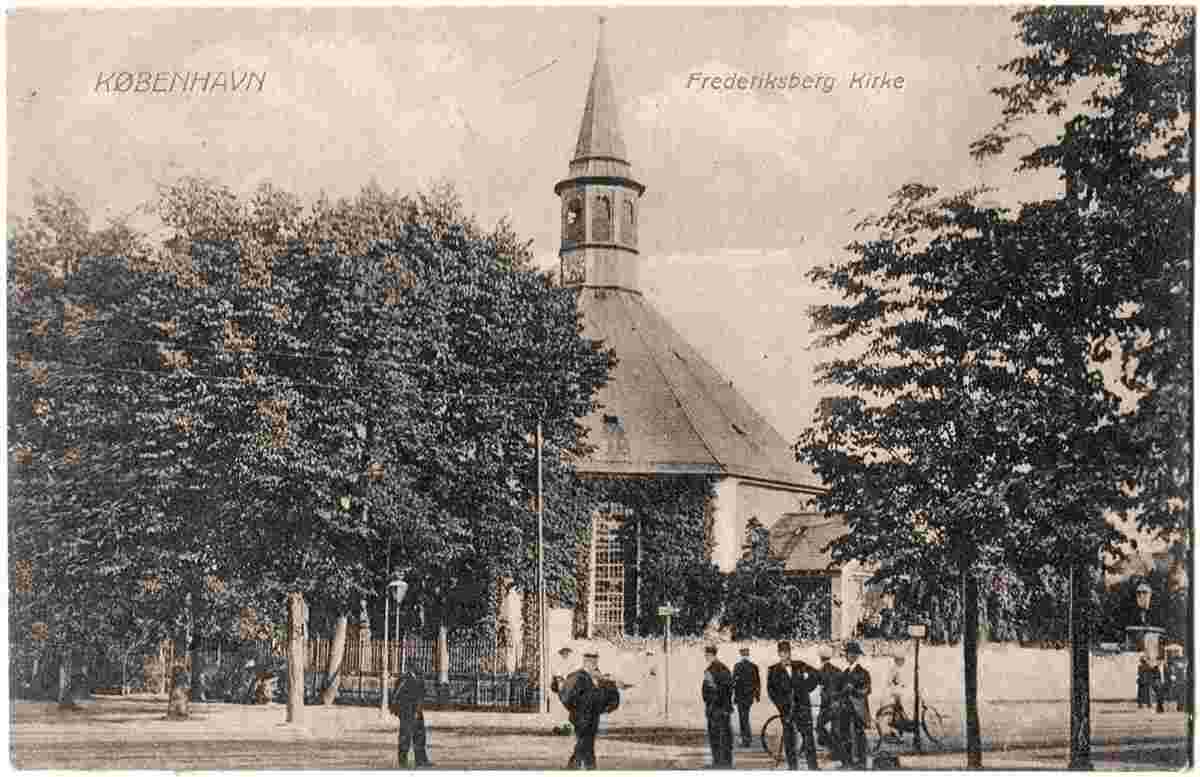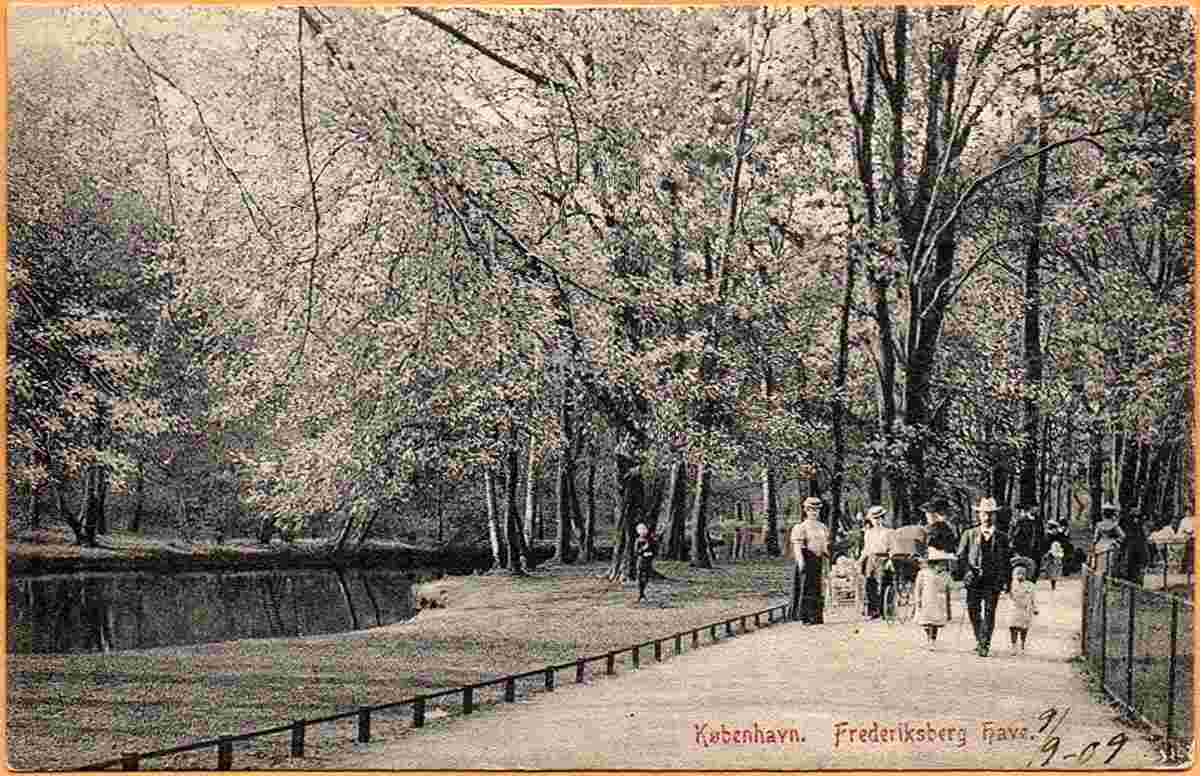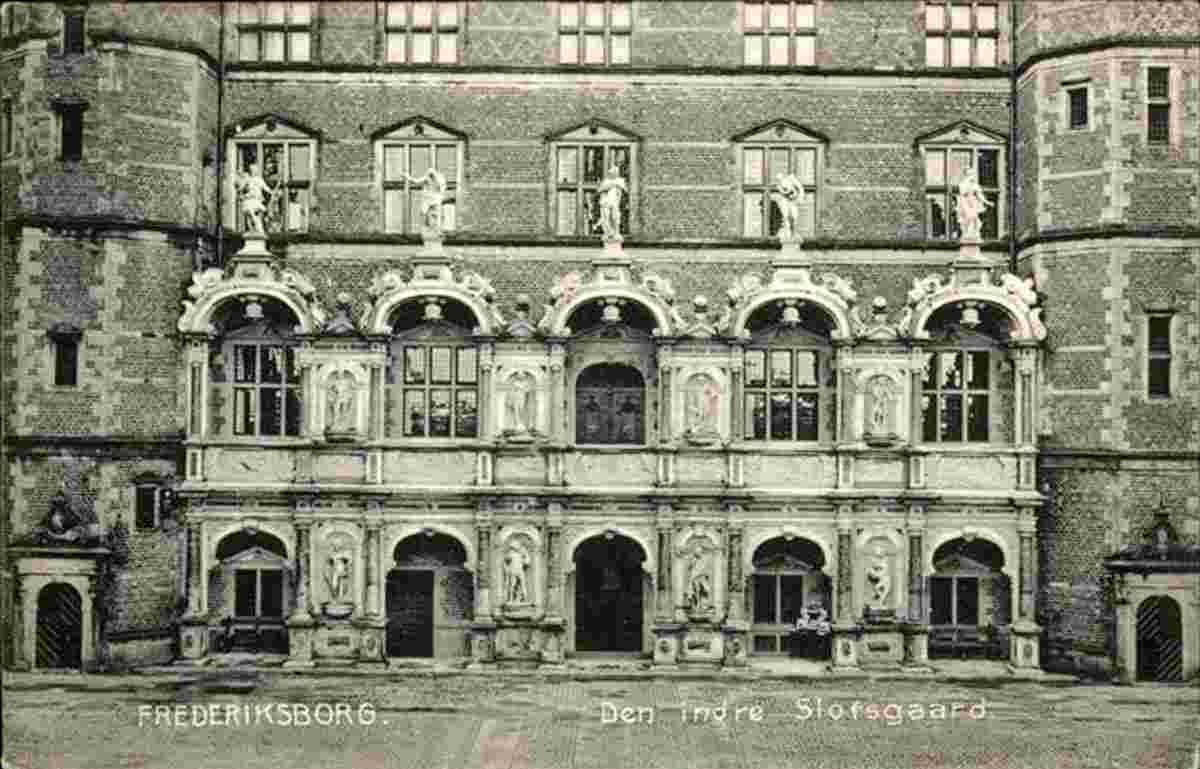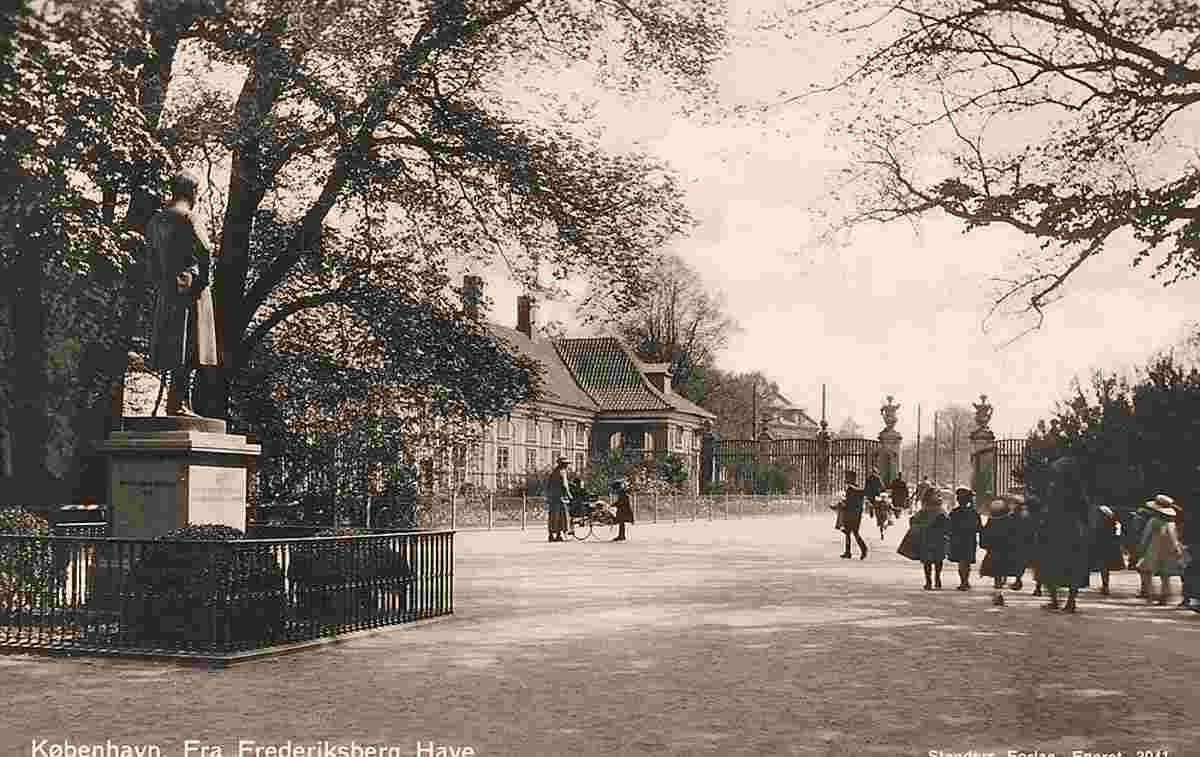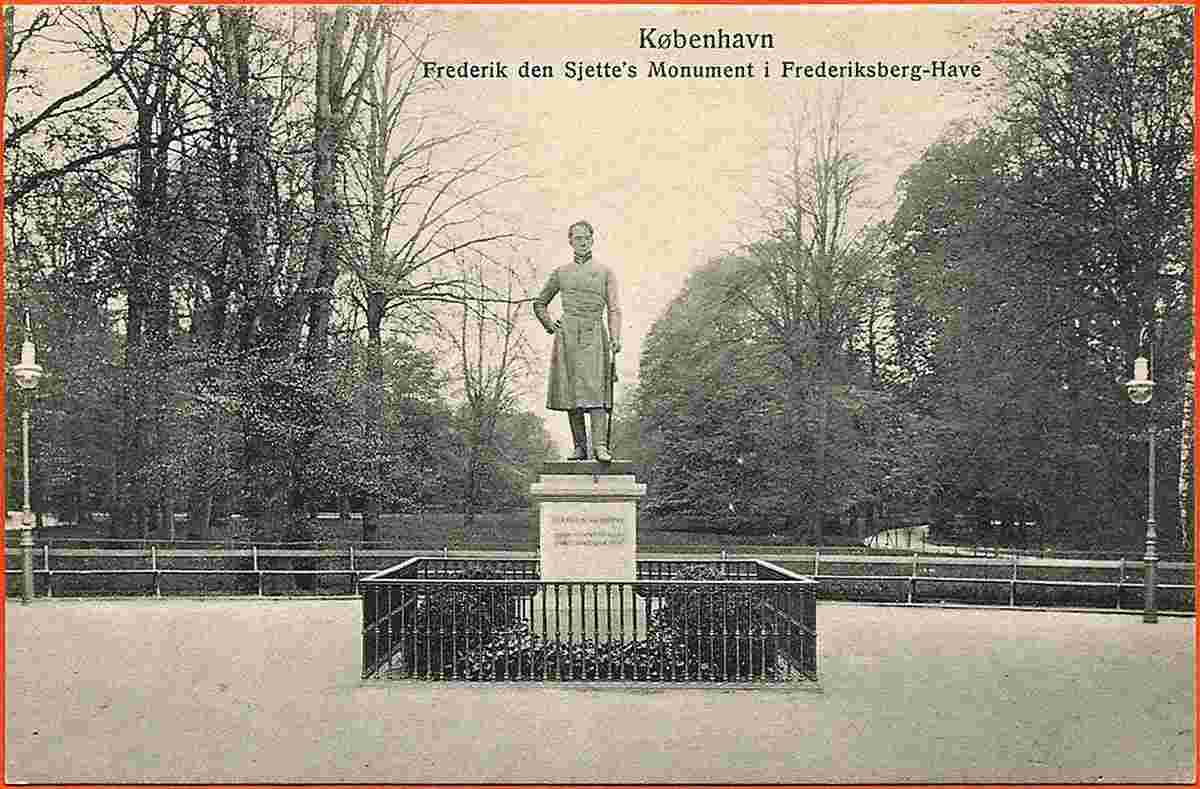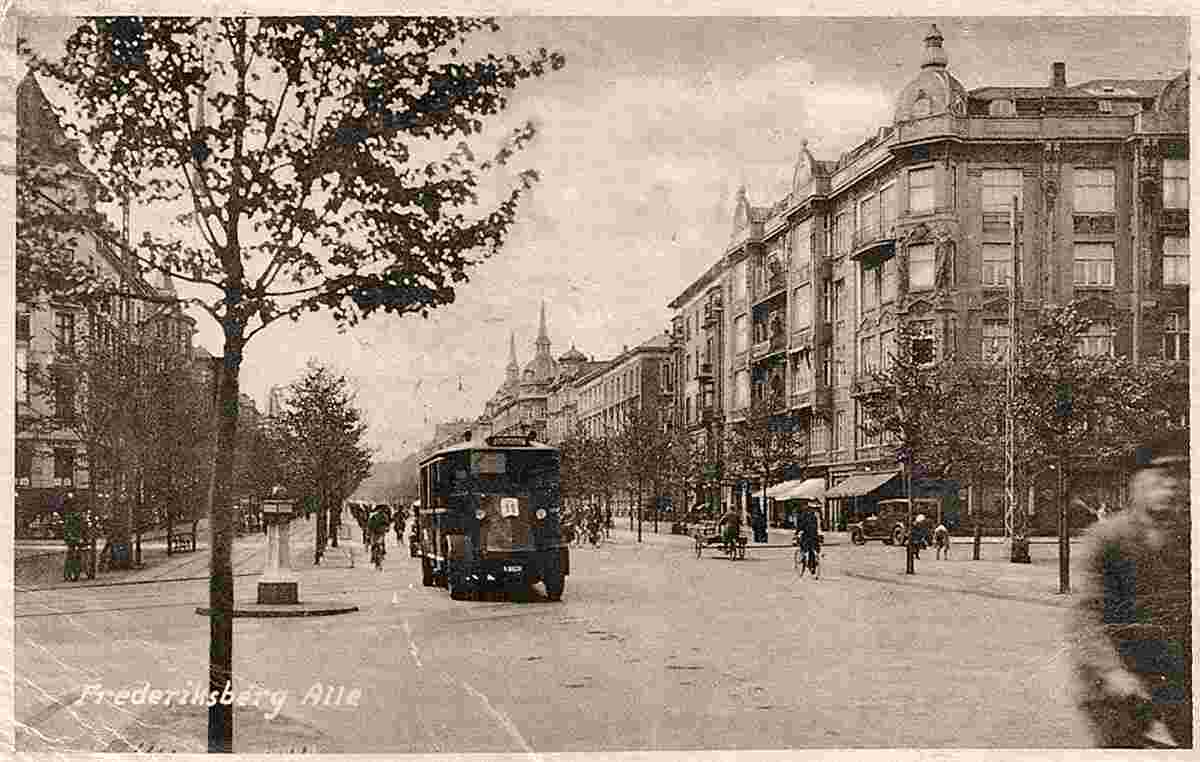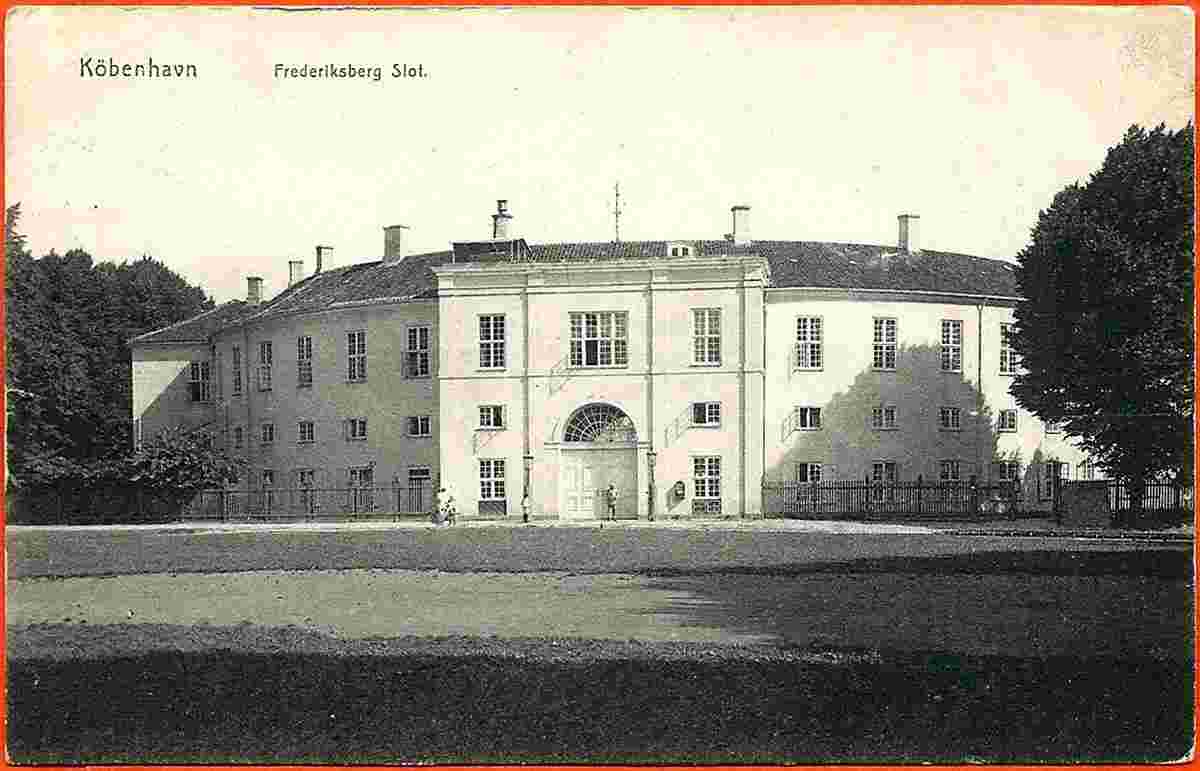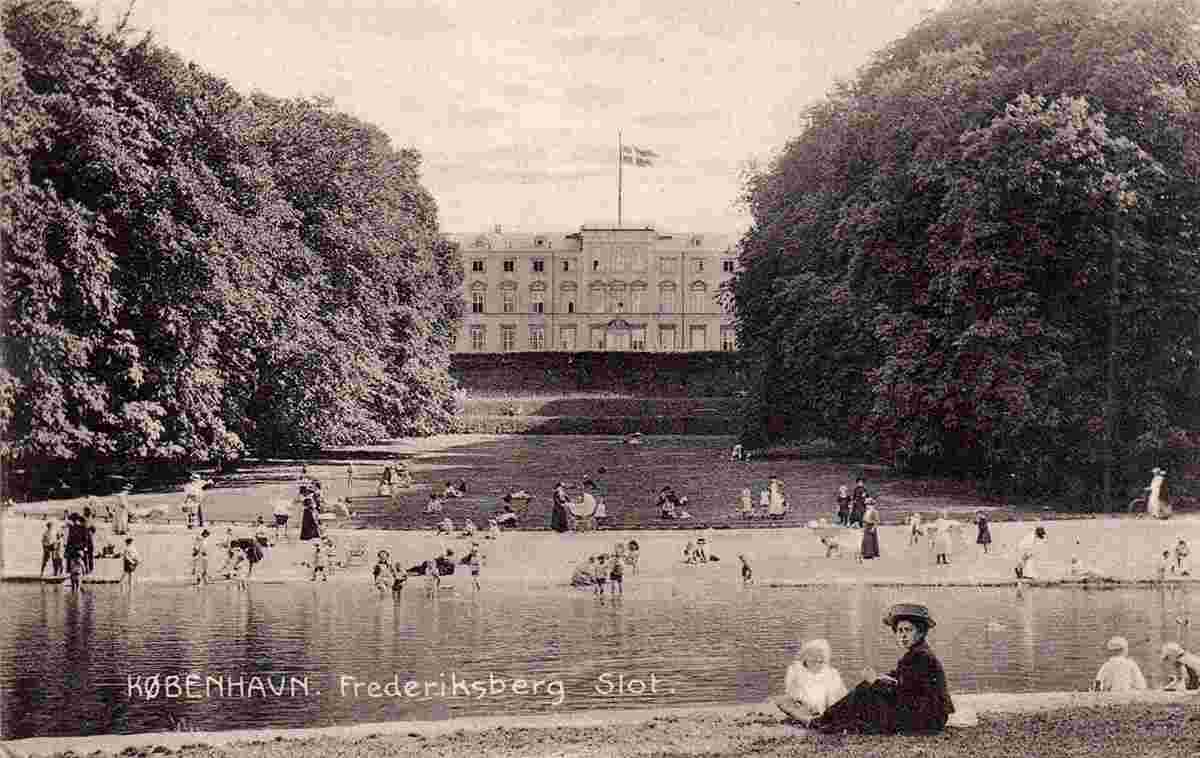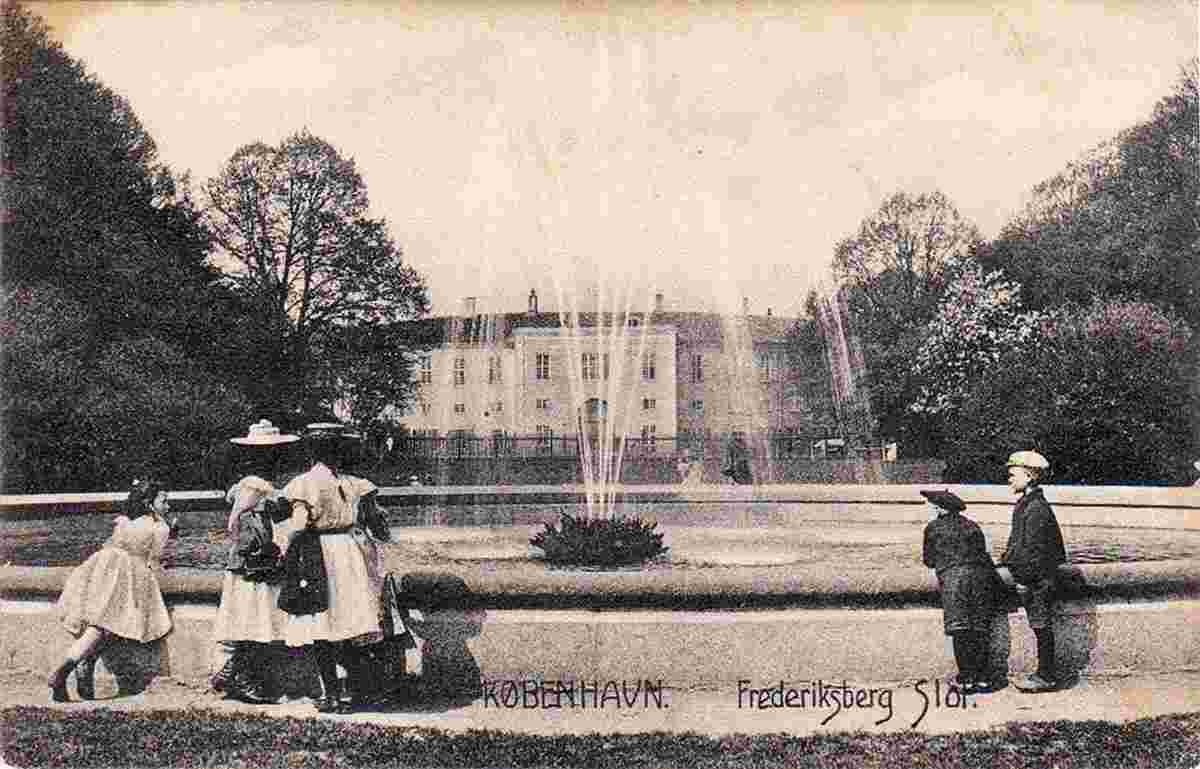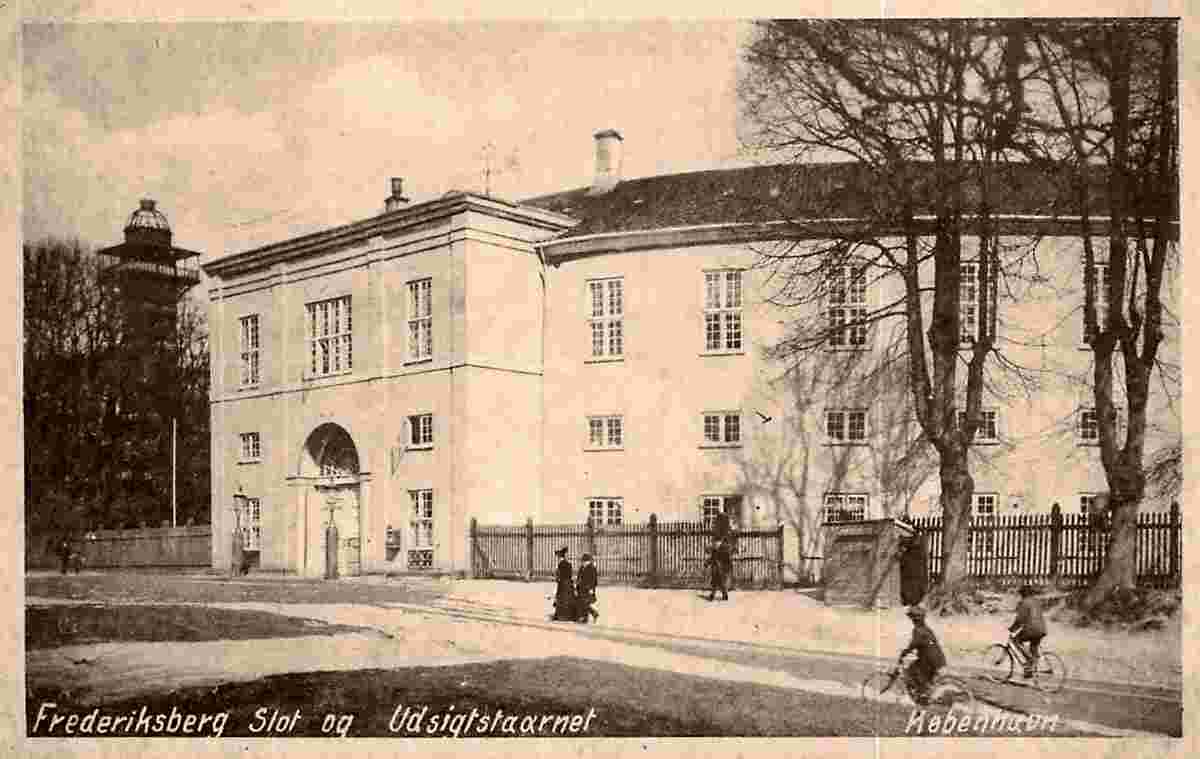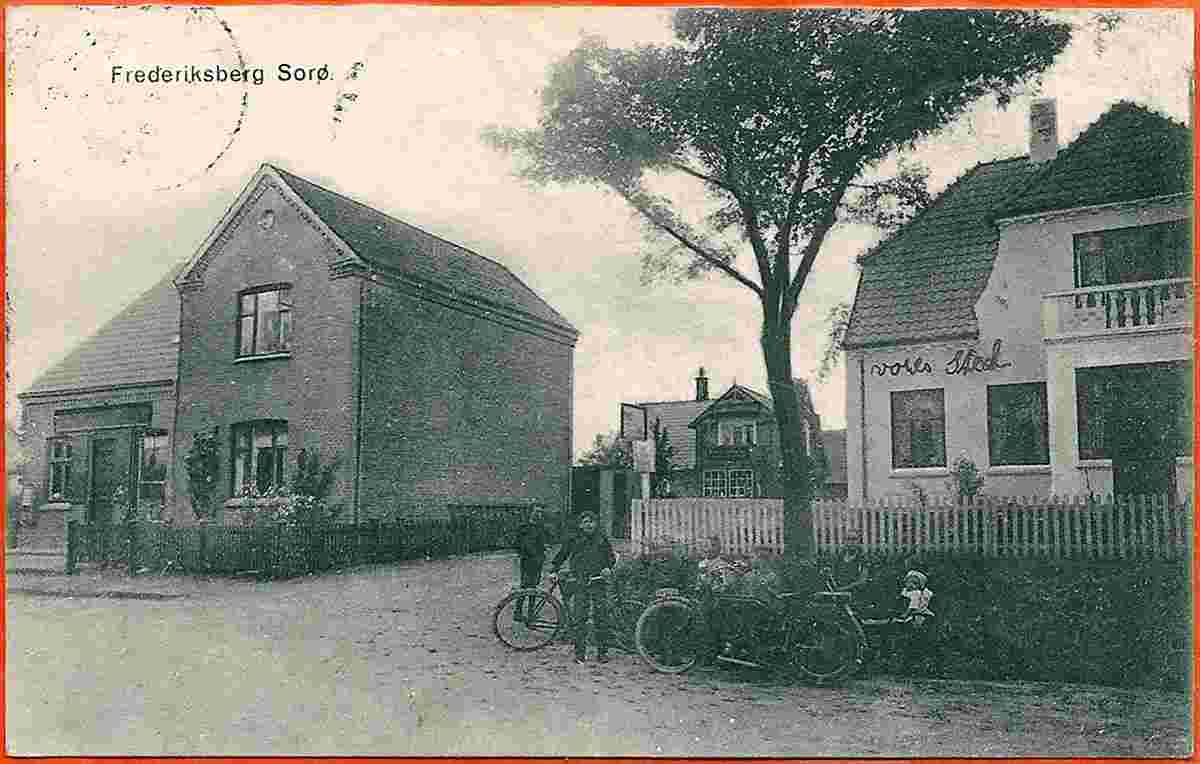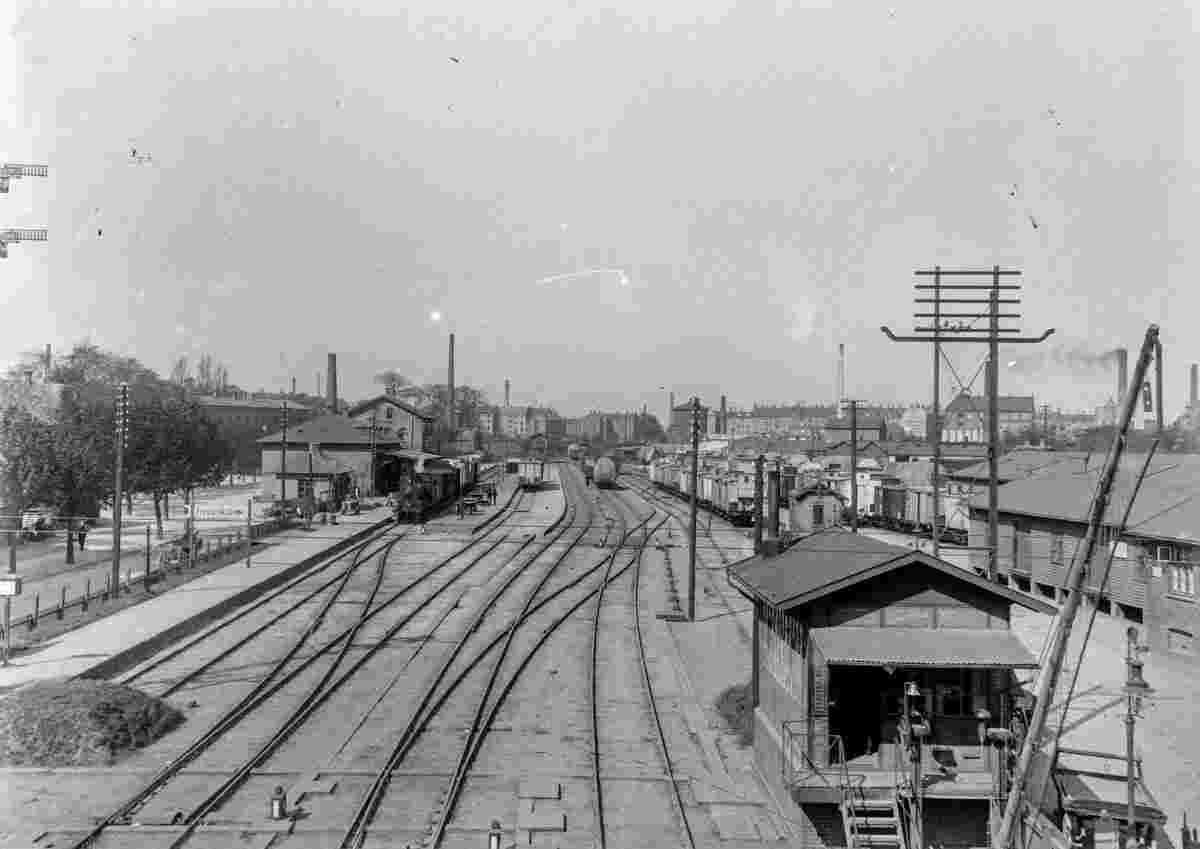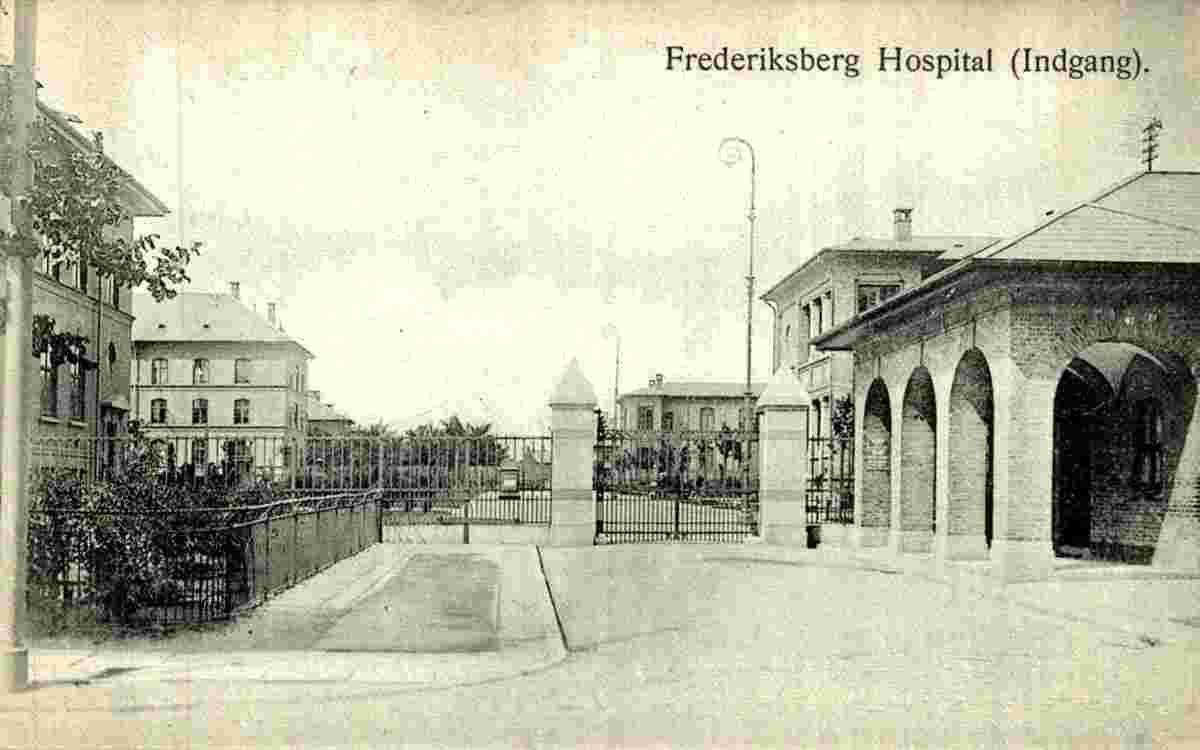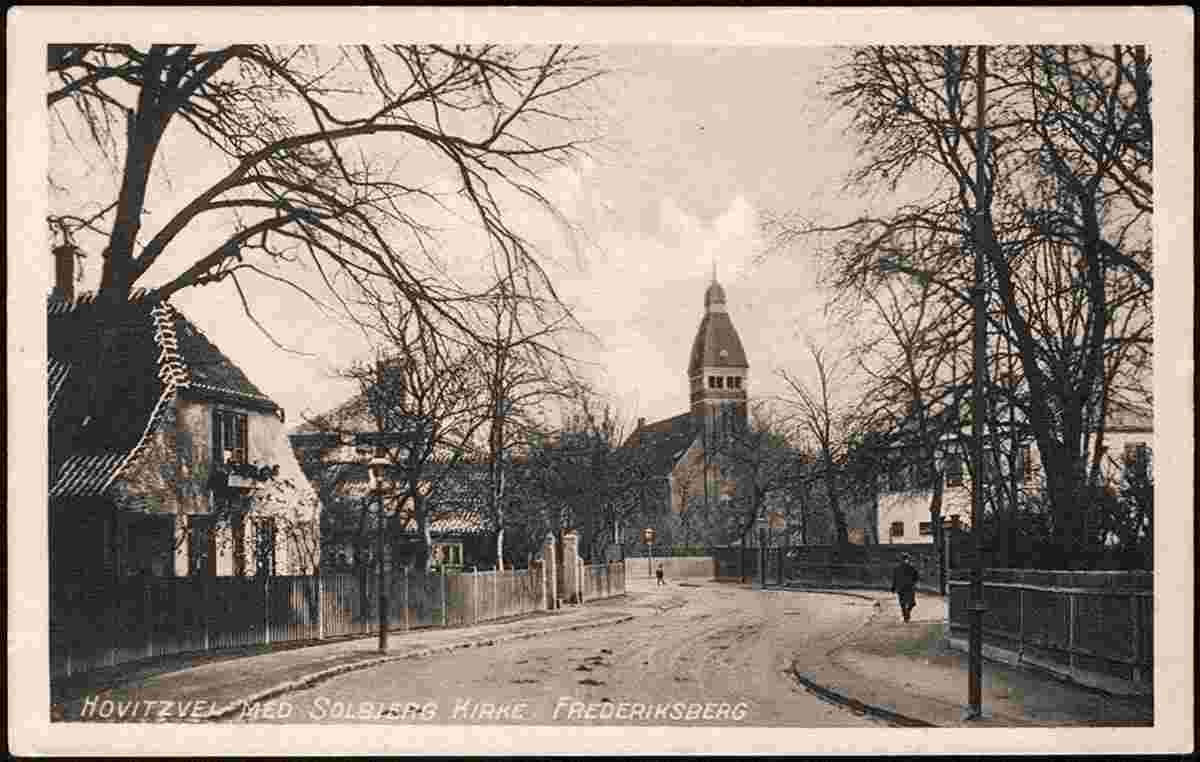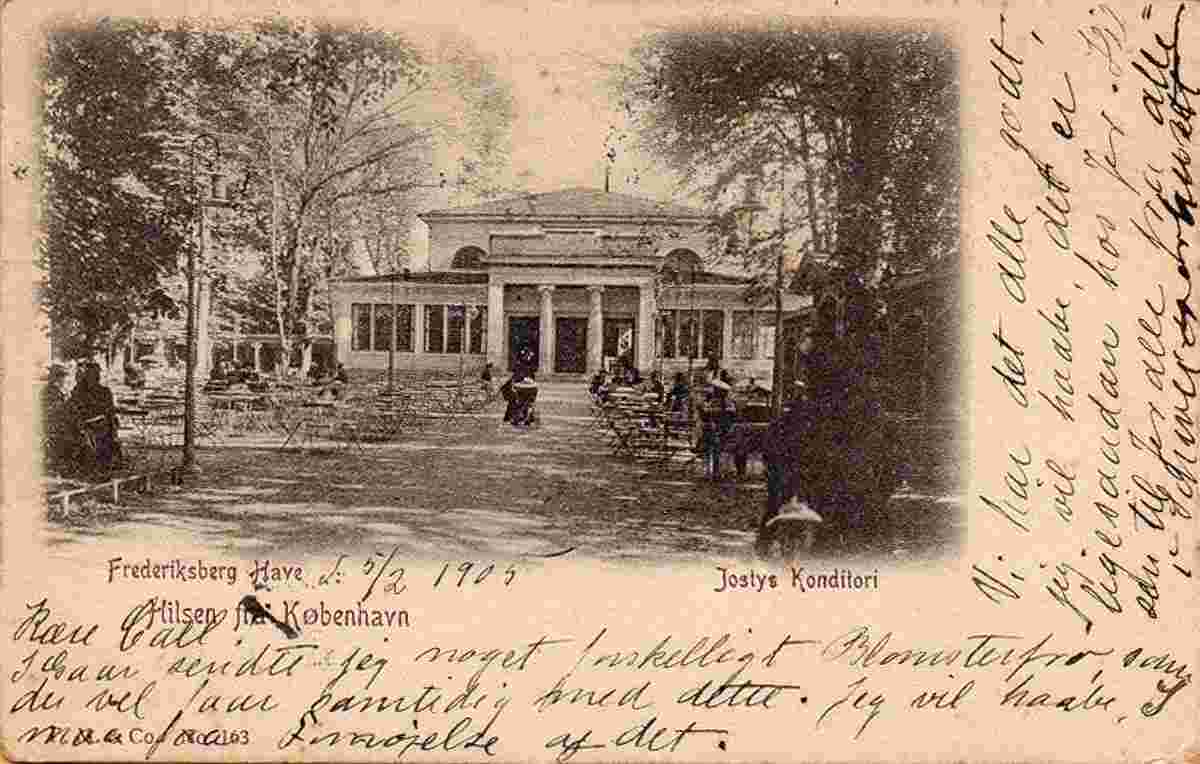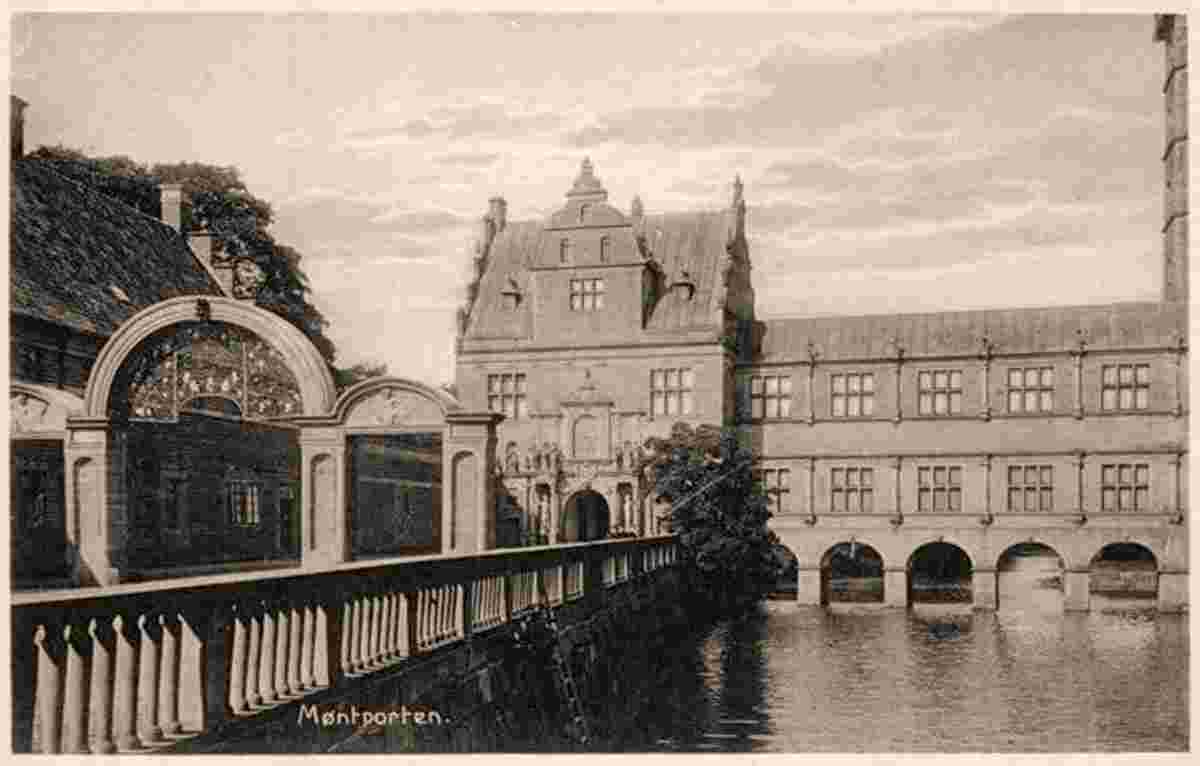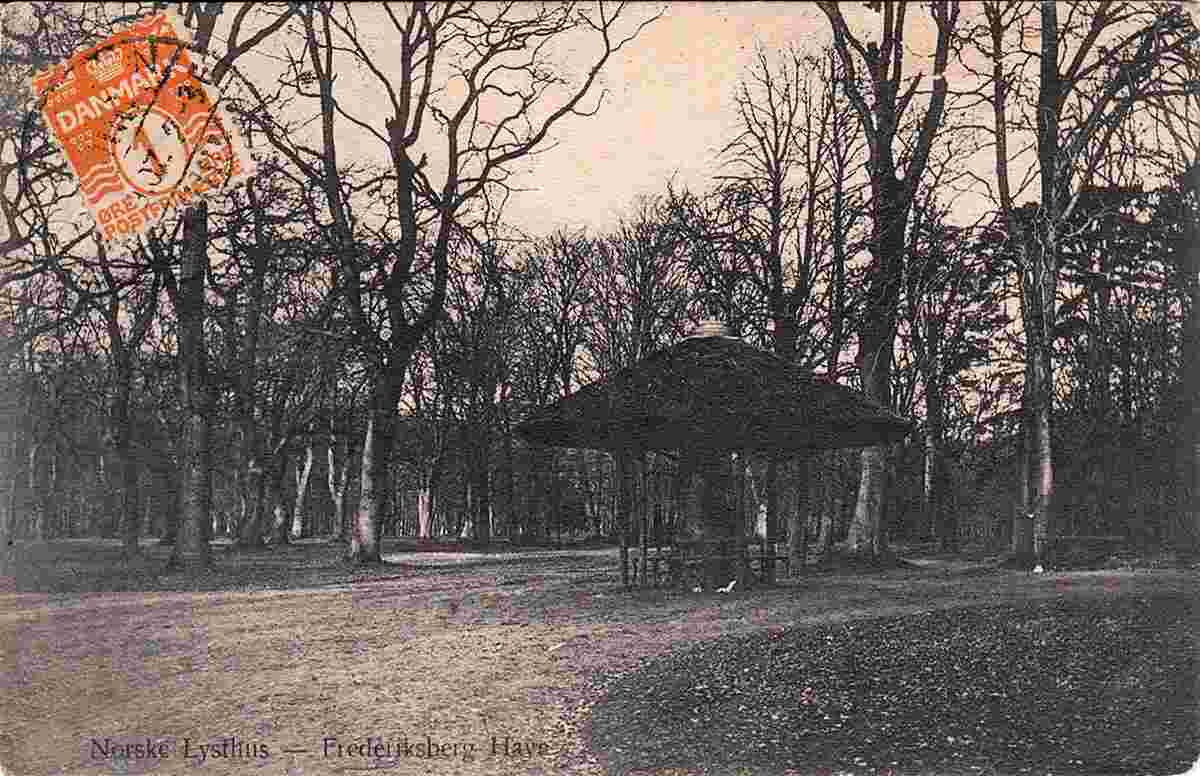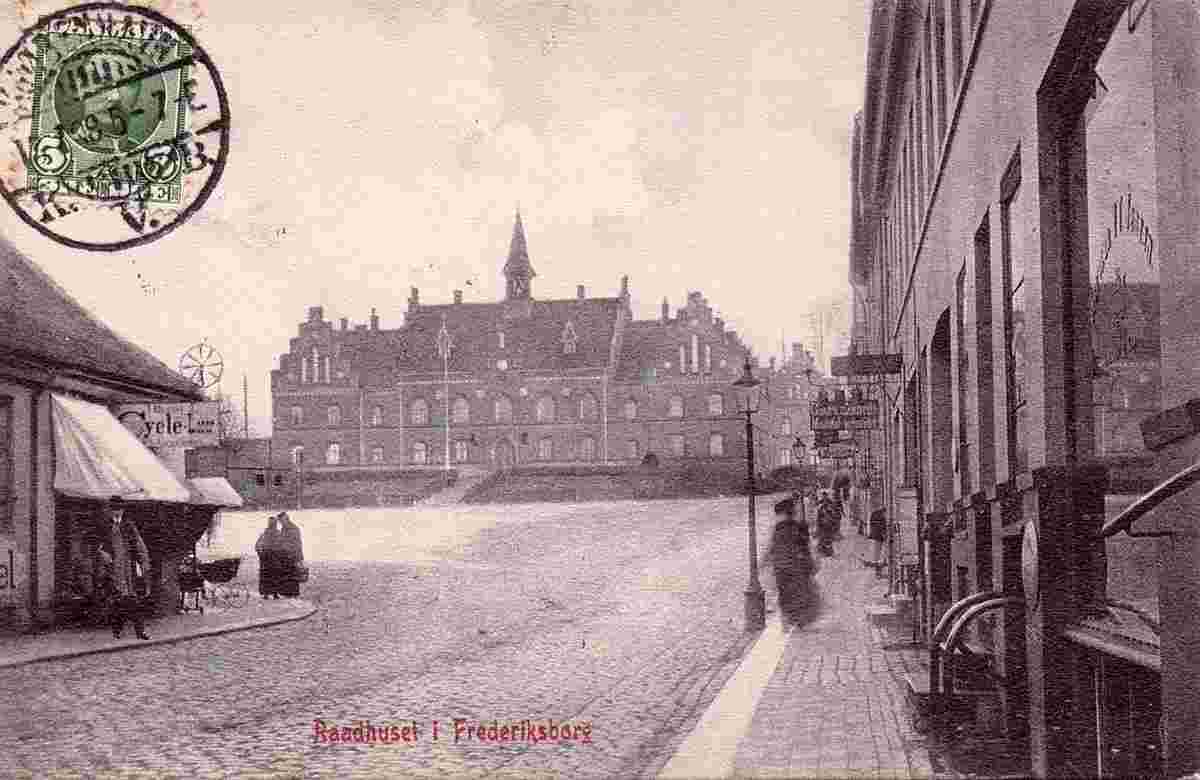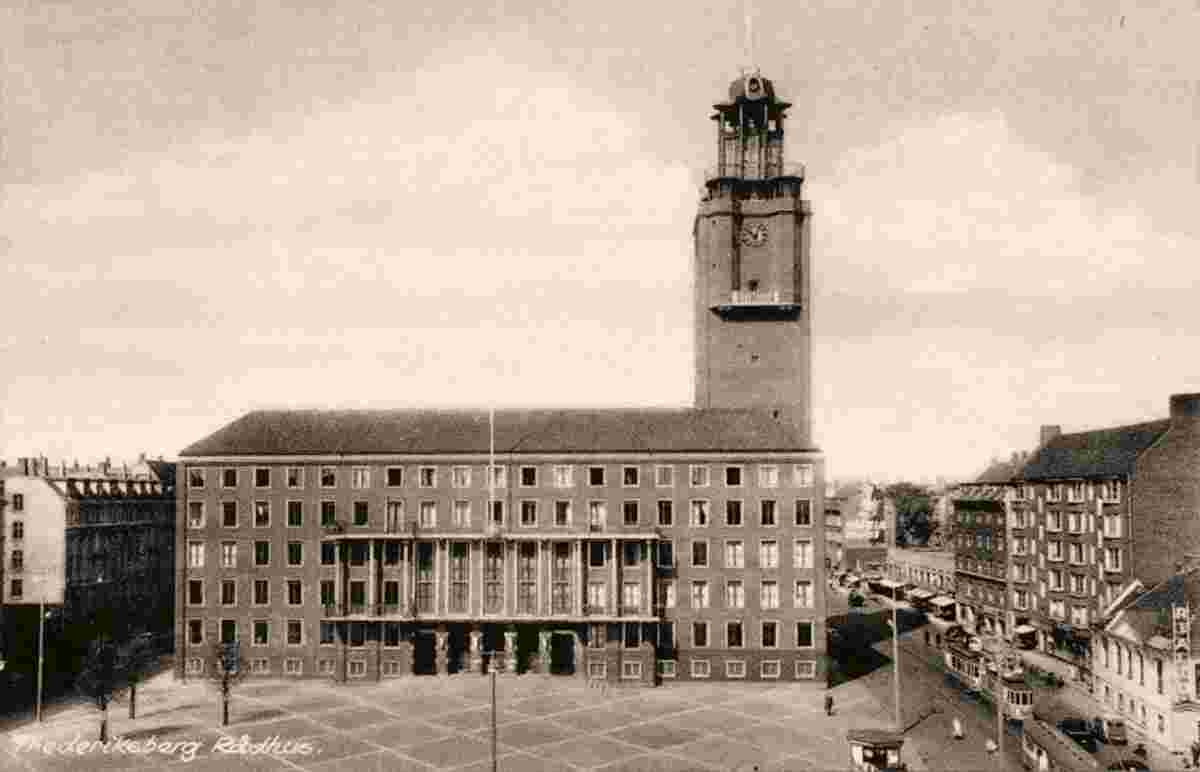Historical and old photos of Frederiksberg, Capital
HistoryFrederiksberg's original name was Tulehøj (= Thyle-hill), indicating that a thul (= thyle) lived there, the reciter of eldritch times. The term is known from the Snoldelev rune stone. In Beowulf, Unferth holds the same title. In Håvamål, Odin himself is referred to as "the old thul". Thula translates as "song", like in the Rigsthula poem from the Edda. By 1443 the name Tulehøj was spelled Tulleshøy. It was regarded as Copenhagen's border to the west. People lived here since the Bronze Age. The history of Frederiksberg goes back to 2 June 1651 when King Frederik III gave 20 Danish—Dutch peasants the rights to settle at Allégade (= allé = tree-lined street, gade = street), and founded the town then named "Ny Amager" (= New Amager) or "Ny Hollænderby" (= New Dutchman-town). Farming was not very successful, and in 1697 most of the town burned down. This meant that the peasants were unable to pay taxes, and the land reverted to the crown by Frederik III's son Christian V. In 1700-1703, King Frederik IV built a palace on top of the hill known as Valby Bakke (bakke = hill). He named the palace Frederichs Berg, and the rebuilt town at the foot of the hill consequently changed its name to Frederiksberg. A number of the local houses were bought by wealthy citizens of Copenhagen who did not farm the land, but rather used the properties as country houses. The town changed slowly from a farming community to a merchant town, with craftsmen and merchants. During the summer rooms were offered for rent, and restaurants served food to the people of Copenhagen who had left the cramped city for the open land, and to be near the royals. Initially the town grew slowly with population growing from 1,000 in 1770, to 1,200 in 1800, and to 3,000 in 1850. In 1852, Parliament removed restrictions which prohibited permanent construction outside Copenhagen's city walls. Almost immediately numerous residential areas were constructed, starting in the eastern part near Copenhagen, and ending in the western part farthest away from Copenhagen in 1950. This led to rapid population growth; in 1900 the population reached 80,000, and in 1950 Frederiksberg peaked with a population of 120,000. Today Frederiksberg consists almost entirely of 3- to 5-story residential houses, large single-family homes, and large parks; only a few small areas with light industry remain. Origin: en.wikipedia.org | |||||||||||||
| Robinson Rd, CB 13862 Nassau, NP, The Bahamas |

